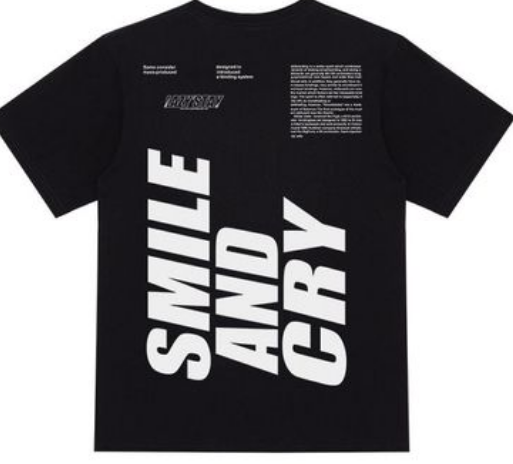It is very important to choose fabrics suitable for warm inner wear in winter, because it directly affects our comfort and thermal insulation effect. Below I will introduce several common fabrics and analyze their thermal performance to help you choose the right material.
1. Wool: Wool is one of the most common warm fabrics. It has good thermal insulation properties because wool fibers contain many small air pockets, which can block the entry of cold air while maintaining body temperature and forming a thermal insulation layer. Wool has excellent hygroscopicity and breathability, which can quickly discharge excess moisture from the body and keep the skin dry. In addition, wool fabric has good elasticity and wear resistance, which can maintain the shape and durability of clothing.
2. Velvet fabric: Velvet fabric is usually used to make underwear and warm inner clothing. It can be cotton velvet, polyester velvet or blended velvet, etc. Velvet fabric is characterized by softness, comfort and good warmth retention. The surface of the velvet fabric has fine villi, which can form an air layer and maintain body temperature. Velvet fabric also has a certain degree of moisture absorption and breathability, but it is slightly inferior to wool.
3. Down: Down is a very famous warm fabric. Its thermal insulation performance comes from the down filament in the down, which has a very good thermal insulation effect. The common fillers for down jackets are goose down or duck down, which have high loft and good thermal insulation properties. The advantages of down are that it is light, soft and comfortable, but the disadvantage of down jackets is that they are not water-resistant and are prone to moisture and deformation, so they require special attention to maintenance.
4. Polyester fiber: Polyester fiber is a synthetic fiber and one of the commonly used thermal fabrics in winter. It has good thermal insulation properties, is not prone to static electricity, has quick-drying properties and is not prone to moisture absorption. Fabrics made of polyester fiber have good wear resistance and durability, and are easy to clean and maintain.
In general, wool, velvet fabrics, down and polyester fibers are the preferred fabrics for warm inner wear in winter. Among them, wool and down have better thermal insulation properties and are suitable for extremely cold areas or outdoor activities; velvet fabrics are suitable for daily wear by ordinary urban residents; and polyester fiber can be an affordable and comfortable choice. In addition, you can also choose different fabric combinations according to your own needs, such as polyester fiber and wool blended fabrics, to obtain better thermal insulation effect.
Finally, in order to ensure the effect of thermal insulation, in addition to fabric selection, you also need to pay attention to the tailoring and quality of the clothing. Proper tailoring can reduce the chance of cold wind entering the interior of the garment, and high-quality fabrics and workmanship can also improve the thermal performance of the garment.







